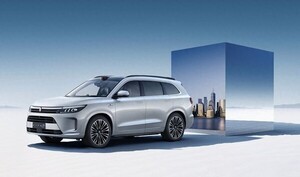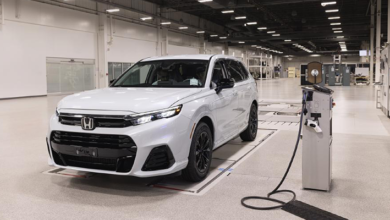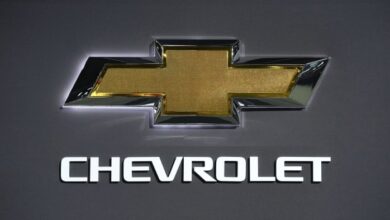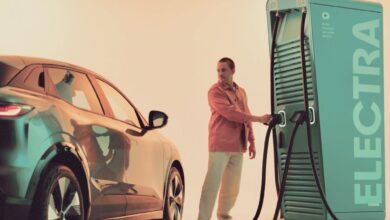A US cross-country road trip in an EV is no easy feat
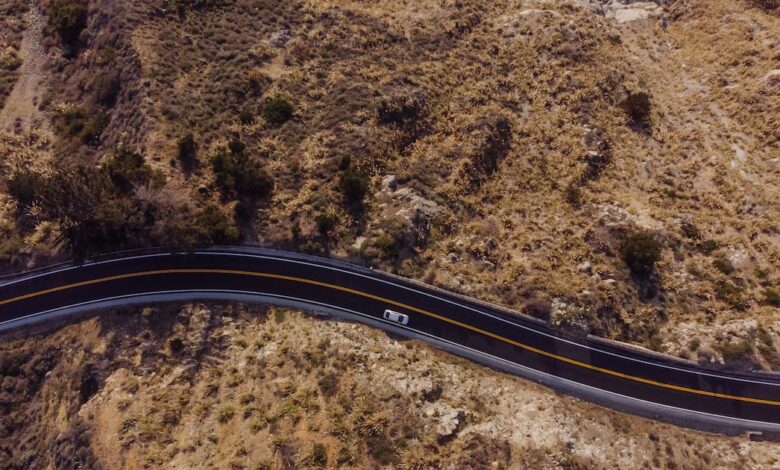
The US summer holiday season is kicking into full gear, and those embarking on the classic road trip in an electric vehicle are taking shorter journeys and require more planning.
The road trip is steeped into American lore, evoking images of wide-open roads spanning the vast country, beautiful landscapes and kitschy small-town diners serving bottomless coffee.
More than 196 million Americans are expected to drive to their destinations this summer, according to the The Vacationer, a US holiday-planning guide.
Expect more EVs on the road this year – a record 1.2 million drivers had electric cars in 2023.
Almost 90 per cent of EV owners took one road trip a year in their cars, and 32 per cent took three or more road trips a year in their electric vehicle, according to data company CDK Global.
Few, though, are embarking on long-haul trips.
Unlike those who drive petrol-powered cars or hybrids, EV drivers will have to plan their trip around charging stations, most of which are found around metropolitan centres.
And even with a growing network of EV chargers, there are 15 petrol stations for every one fast-charging station in the US, according to Bloomberg Green data.
This means EV drivers must map out more than just the fastest route as they constantly battle “range anxiety” and the uneasy feeling they could be marooned by a low battery.
Compounding the stress is the unfortunate reality that many charging stations have long queues, or technical problems forcing chargers offline.
Oliver Jung, a Tesla 3 owner from Stamford, Connecticut, believes range anxiety is related to the length of a trip.
“Stopping once for 20 or 30 minutes during a four-hour drive is fine for me because I probably wanted to stop at least once anyway,” said Mr Jung.
He completed the 900km round-trip from Stamford to McLean, Virginia, last November.
“But stopping twice or more during a four-hour-plus trip can feel like you’re wasting time and lengthening your travel time,” Mr Jung said.
When it comes to distance, EVs underperform compared to petrol cars. The median range for EVs rose to 434km last year, according to the Department of Energy, well below that of 648km for a petrol-powered vehicle.
Stewart Stropp, executive director of EV intelligence at JD Power, said these long-distance trips can be a sticking point for consumers in the market for an EV.
“They’re still very concerned about being able to power that vehicle for that exceptional use case,” Mr Stropp told The National.
The most audacious cross-country trek for EV drivers would be a coast-to-coast trip from Santa Monica, California, to New York City – a 4,415km journey.
But before drivers set off for sites such as the Las Vegas Strip or Rocky Mountains, they first need to plan where they can recharge their vehicle.
They will probably need to charge their vehicle even before crossing the California-Nevada border, 450km into their trip.
A cross-country trip such as this would take extensive planning, and probably an EV that has a greater driving range.
A Hyundai Ioniq 6 (580km) or Tesla Model 3 Long Range (548km) would require fewer stops than a Chevy Equinox EV 2LT (513km), for example.
Although there are 654 DC fast-charging stations along the route, many of these are near major city centres.
Drivers would have to then find a Level 2 charger, which would take one to two hours to power up a car.

While the fast chargers are more than plentiful when drivers begin their trek in Southern California, options dwindle when driving in the Midwest, particularly through Nebraska and Iowa.
Drivers going on long-distance journeys in other parts of the US would face similar challenges.
Faced with the limited options to “fill up”, many electric car drivers can be reluctant to undertake a long road trip.
Only 2 per cent of EV drivers plan a drive of more than 2,400km this year, according to CDK Global.
Instead, most drivers are keeping their road trips to between 400km and 482km, which will probably only require one stop to charge their vehicle.
Range-friendly road trips would give drivers more ease while still being able to see stretches of Route 66 or the 80km journey from San Francisco to Big Sur, California, along the nation’s West Coast.
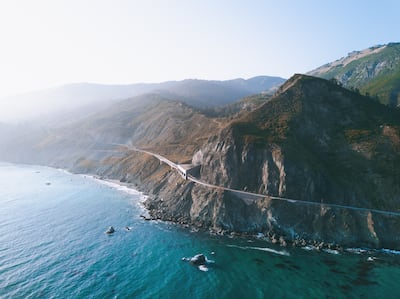
With EVs and charging stations still relatively new technology, planning a road trip will take extra work for travellers to ensure their cars can handle the distance.
To ease range anxiety, motor research company Kelley Blue Book suggests drivers can take advantage of charging their cars by planning them around scenic sites such as the Grand Canyon, and book accommodation that has charging ports.
Updated: June 07, 2024, 6:00 PM
